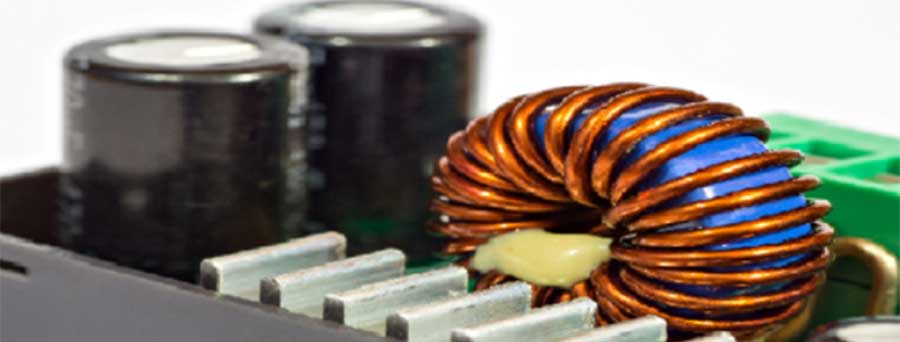A toroid is a coil of enameled or insulated wire in a donut-shaped form. It is made of powdered iron. It’s used as an inductor in electronic circuits. When working with toroids, there are many applications and parts. A toroidal transformer is an electronic transformer usually used as an isolation transformer or power transformer. Common applications for toroidal transformers are electronic equipment with high technical requirements and household appliances.

When working with toroidal electrical transformers, it’s essential to understand the operating principles. These transformers perform based on Faraday’s law of induction. This law states the relationship between the induced electromotive force and the rate of change of a magnetic flux. The magnetic flux occurs when a magnetic field passes through a conductor. Faraday’s law of induction was invented when it was discovered that placing a conductor near a magnetic field with varying amplitude creates an electric current in the conductor.
There are multiple ways to induce a current; a magnetic field with varying amplitude is not the only way. The best way to think about a magnetic field is to imagine it as a field with many lines of induction. Another way to generate an electric current is to make the conductor “cut” through these magnetic field lines. This operation is often seen in electrical generators.
Other applications for toroidal transformers are medical equipment, computers, lighting, telecommunications, and instruments. It is a competitive electronic transformer for its anti-interference ability and good output characteristics.

